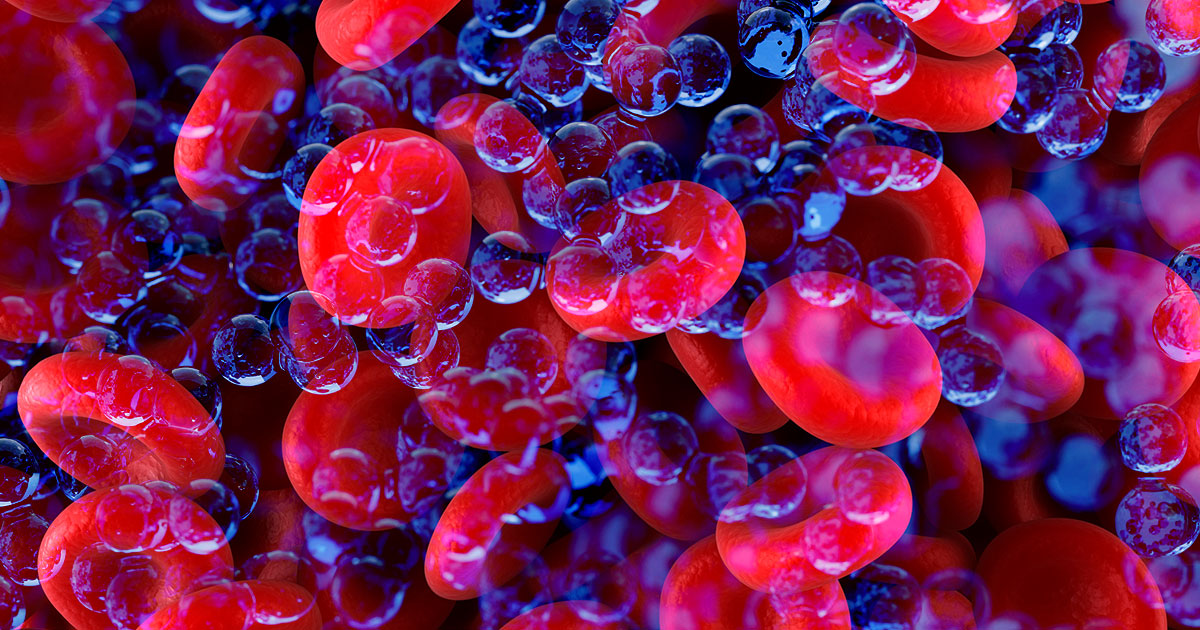Plastic is made up of plastic particles that are smaller than 5 millimetres. It is produced by decomposing larger plastic objects, such as packaging or textiles, and can be found in the environment and many everyday products.
Microplastics come from various sources, including kitchen utensils, clothing, cosmetics, plastic packaging and, above all, single-use plastic. It can also result from the decomposition of plastic products in the environment.
How do microplastics get into the human body?
Microplastics can enter the body through food, drinking water and the air. Studies show that microplastics have been detected in organs such as the brain and even in breast milk.
What are the health risks of microplastics?
According to experts, microplastic particles could trigger inflammation in the body and possibly promote diseases such as cancer or Alzheimer’s. Research suggests that tumor cells can absorb microplastics and thus form metastases more quickly.
How quickly do microplastics enter the body?
Experiments with laboratory mice have shown that microplastics can be detected in organs such as the brain within two hours.
What can I do to avoid ingesting microplastics?
To reduce the intake of microplastics, it is recommended to avoid single-use plastic and packaged food. Alternatives such as cloth bags, unpackaged food, and reusable metal water bottles help to minimize plastic consumption.
Are there microplastics in water bottles too?
Yes, a Columbia University study found that plastic bottles can contain hundreds of thousands of microplastic particles. Tap water and reusable bottles made from materials such as metal are a better alternative.
How can you reduce plastic waste in everyday life?
Small changes, such as avoiding plastic toothbrushes, using cloth bags instead of plastic bags, and opting for unpackaged food, can make a big difference.
- hp/picture: pixabay.com
This post has already been read 13653 times!



